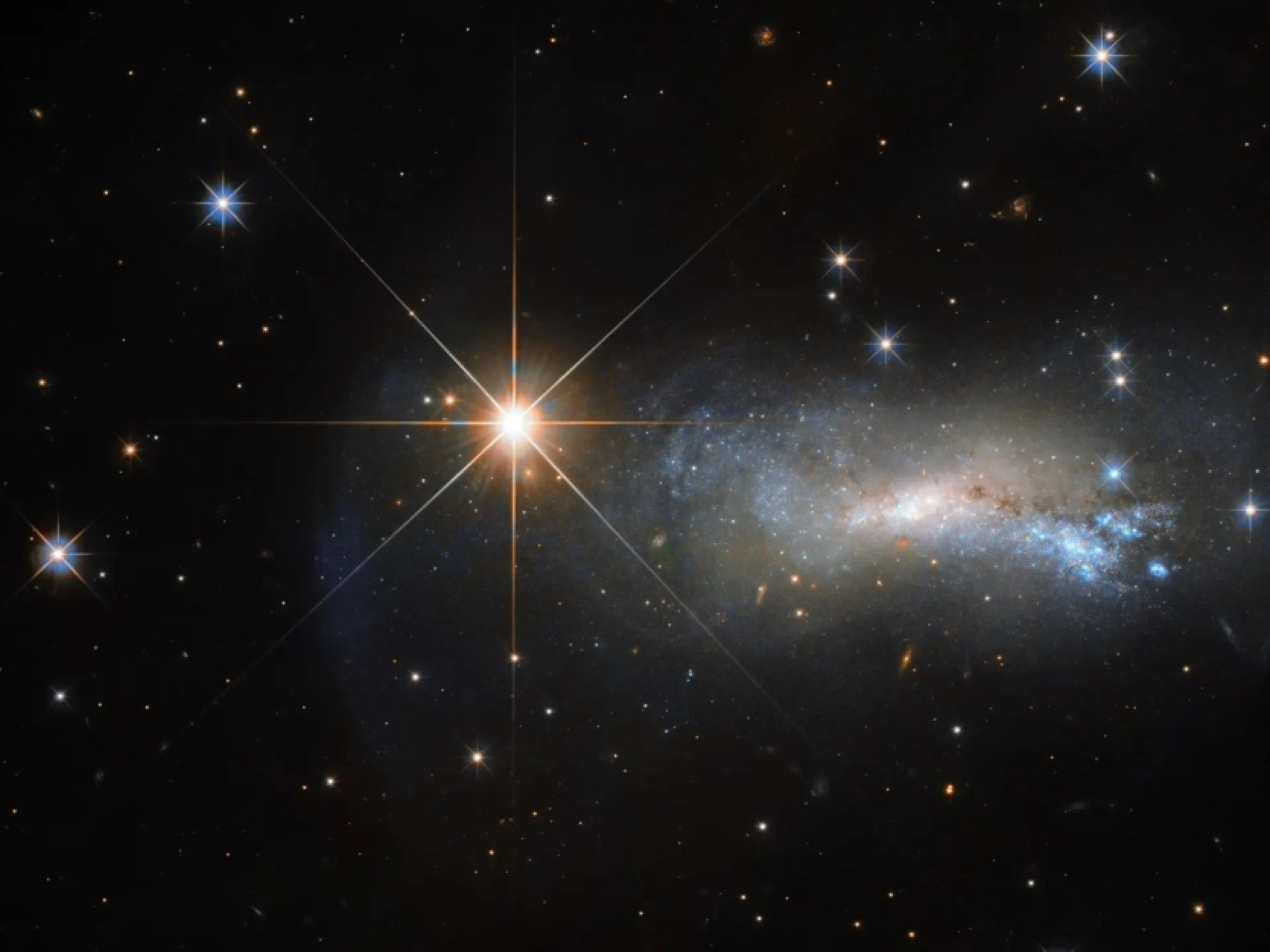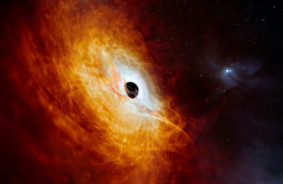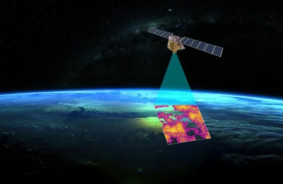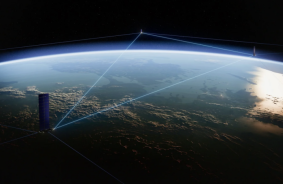The anticipated light show in the sky is the result of an "explosive interaction" between two neighboring stars, which occurs every 80 years.
This star is located in the constellation Northern Crown (and has the corresponding official name - T Northern Crown, and unofficially - "Flaming Star") and belongs to the class of recurrent novae (one of the five known in our galaxy). Typically, its brightness is about +10 (at the limit of binoculars), however, approximately every 80 years its stellar magnitude reaches +2 (at the level of the Pole Star), allowing observation of the object with the naked eye.
The last time such a flash was recorded was in 1946, and before that - in 1866. This time, as NASA notes, the "Flaming Star" is ahead of schedule by 2 years and will be visible between March and September 2024.
So what causes these periodic flashes? T Northern Crown is not just a star, but a binary system consisting of a white dwarf and a red giant locked in a close orbit. The red giant ejects gas at a constant rate, and the white dwarf "sucks" it, eventually collecting and compressing enough hydrogen to trigger a thermonuclear explosion. The white dwarf becomes hotter, larger, and brighter (and this is what we see on Earth as the Flaming Star) before dimming again and starting a new 80-year cycle.
Astronomers will observe the new star with the help of the Hubble Space Telescope and study the celestial event using the X-ray and ultraviolet light of the Neil Gehrels Swift cosmic observatory.
The NASAUniverse account on Twitter will be posting updates on the flash and the star visibility.














Comments (0)
There are no comments for now